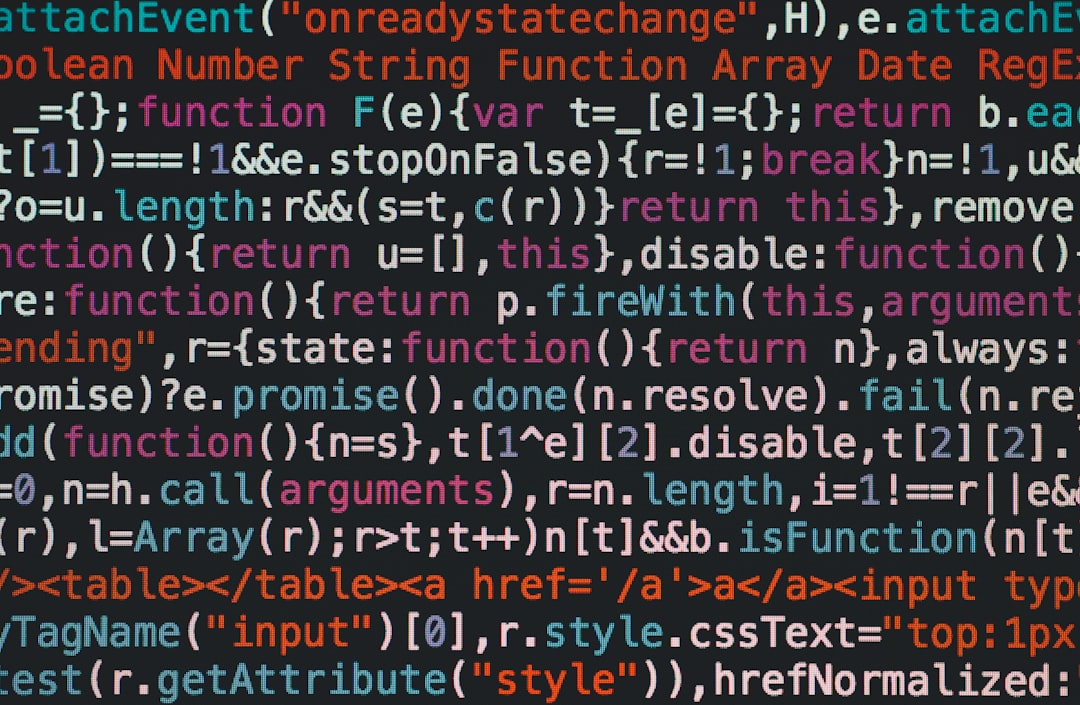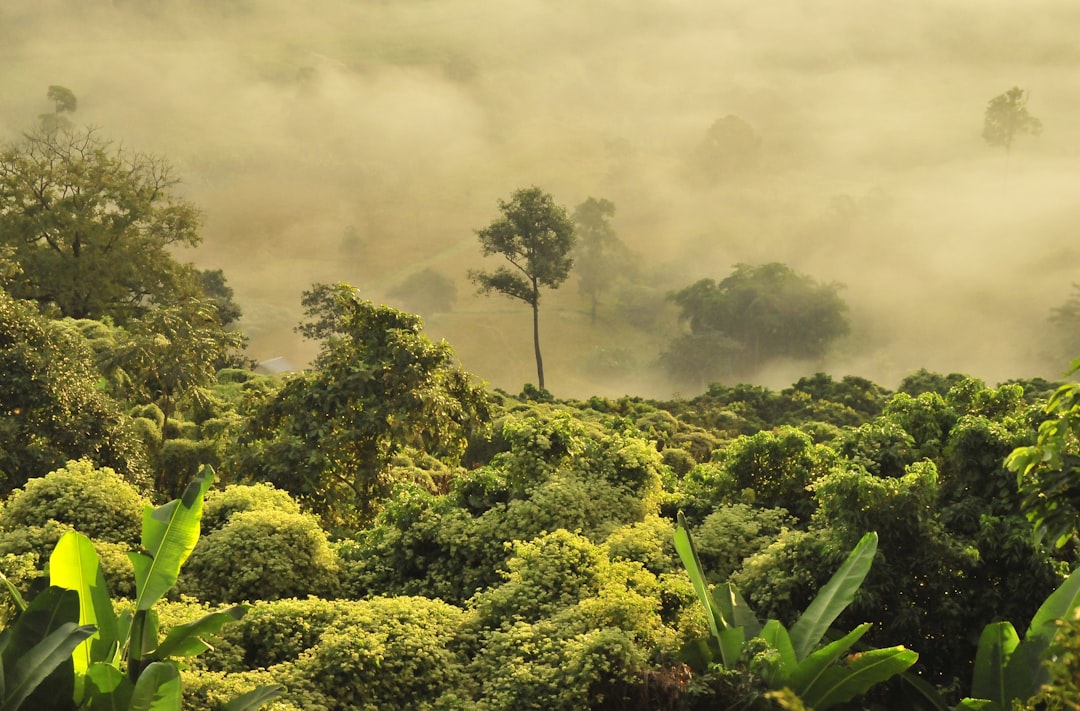What is it about?
cysteine thiol group is highly reactive and participates in various biological reactions. Hence, several cysteine modifications are noted within individual proteins and protein complexes. Here we report ten cysteine modifications, out of those four modifications were abundant in high resolution protein crystal structures. Those four modifications were attempted to characterize based on protein structural properties. Our findings suggest that local microenvironment, respective cysteine pKa and secondary structural motifs around the cysteine are unique features that can differentiate one cysteine modification from the other.
Featured Image

Photo by National Cancer Institute on Unsplash
Why is it important?
This work has the potential to blindly predict cysteine functions in proteins of unknown functions (PUF) and domains of unknown functions (DUF)
Perspectives
This work has a potential implication for blind prediction of cysteine functions in PUFs and DUFs. With the advent of structural genomics, a large number of protein structures are solved. However, functional annotation of those proteins are yet to do be done. Experimental annotation is laborious and time consuming. Initial screening of the function using computation tools would aid in further experimental studies. This study provide a scope for computational evaluation of cystiene functions.
Debashree Bandopadhyay
Birla Institute of Technology and Science Pilani Hyderabad Campus
Read the Original
This page is a summary of: Characterization of cysteine thiol modifications based on protein microenvironments and local secondary structures, Proteins Structure Function and Bioinformatics, November 2017, Wiley,
DOI: 10.1002/prot.25424.
You can read the full text:
Contributors
The following have contributed to this page










